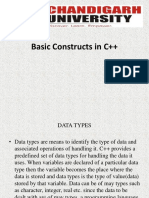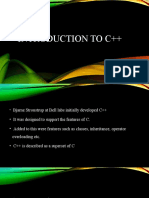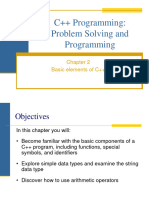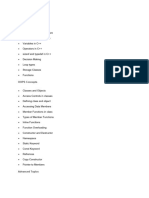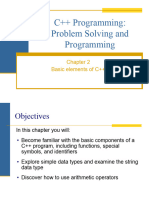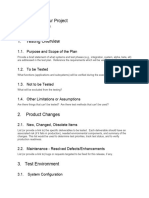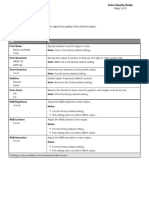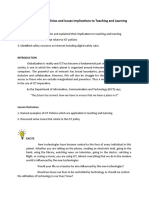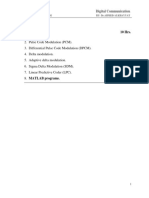0% found this document useful (0 votes)
17 views12 pagesUnit II C++
The document provides a comprehensive overview of fundamental concepts in C++, including tokens, keywords, identifiers, constants, data types, and control structures. It explains the significance of each component, such as how keywords are reserved identifiers and the various data types available in C++. Additionally, it covers operators, memory management, manipulators, and control flow statements like if, switch, and loops.
Uploaded by
sangita bhusareCopyright
© © All Rights Reserved
We take content rights seriously. If you suspect this is your content, claim it here.
Available Formats
Download as DOCX, PDF, TXT or read online on Scribd
0% found this document useful (0 votes)
17 views12 pagesUnit II C++
The document provides a comprehensive overview of fundamental concepts in C++, including tokens, keywords, identifiers, constants, data types, and control structures. It explains the significance of each component, such as how keywords are reserved identifiers and the various data types available in C++. Additionally, it covers operators, memory management, manipulators, and control flow statements like if, switch, and loops.
Uploaded by
sangita bhusareCopyright
© © All Rights Reserved
We take content rights seriously. If you suspect this is your content, claim it here.
Available Formats
Download as DOCX, PDF, TXT or read online on Scribd
/ 12





















